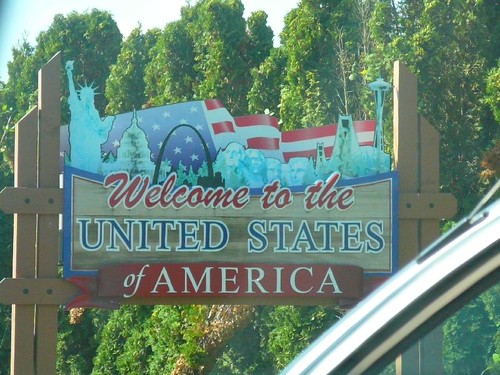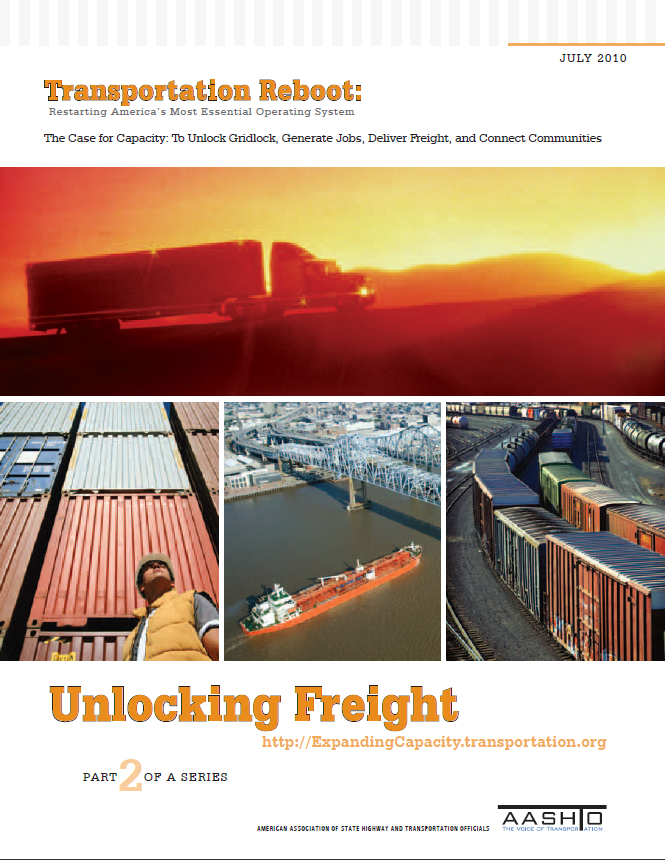(Source: AP via Yahoo News & CNN)
Fears of stalled commerce and travel didn’t materialize at U.S. border crossings Monday as people stayed home or were gently warned on the first day of stricter identification requirements for Americans returning from Mexico and Canada.
Traffic generally moved smoothly as those without proper identification stayed home or immigration officials let them pass through with a reminder to get a passport or other accepted ID.
Those crossing the Hidalgo-Reynosa International Bridge in South Texas described the light traffic Monday morning as normal, with cars and pedestrians facing short lines.
“There was nothing. Everything is all right,” said Yvonne Rivera, a U.S. citizen who lives in Reynosa, Mexico, and commutes to work in Texas. The 22-year-old said she got her passport in anticipation of the rule change.
There were some hiccups.
Rosario Aragon said she got into a heated, 30-minute discussion with a border agent demanding a passport for her 9-year-old girl, even though U.S. and Canadian children under the age of 16 only have to present a birth certificate.
The agent at an El Paso crossing let her through after taking her daughter’s name and warning her to get an official ID from local police.
“I’m angry because he held us up for 30 minutes,” the U.S. citizen said after she crossed into Ciudad Juarez, Mexico.
The new security rules for land and sea border crossings require U.S. citizens to show a passport, passport card or enhanced driver’s license, which use a microchip to store a person’s information. Some citizens may also use a trusted traveler document, which require background checks and are generally used by peoplecrossing the border regularly for business.
At the busiest passenger crossing along the northern border, the Peace Bridge between Buffalo, N.Y., andFort Erie, Ontario, traffic flowed smoothly with Customs and Border Protection officers reporting a 95 percent compliance rate with the new ID requirement. The Peace Bridge handled 8.9 million autos and 47,100 commercial buses in 2008.
Jessica Whitaker of London, Ontario, didn’t have a passport but was allowed in to the U.S. after showing her birth certificate and driver’s license. “They were very nice, very polite,” she said.
Kevin Corsaro, U.S. Customs and Border Protection spokesman in Buffalo, N.Y., said it’s been a “routine Monday” with officers seeing a compliance rate as high as 95 percent throughout the Buffalo field office.
“We want to see 100 percent but we know that will take some time,” he said. “We won’t refuse entry to a Canadian if their only violation is they are noncompliant today, as long as we can verify their citizenship.”
The new rules for land and sea ports under the Western Hemisphere Travel Initiative were supposed to have gone into effect in 2008 but were delayed a year over concerns about the impact on commerce. The requirement for re-entering the country by air went into effect in 2007.
Click here to read the entire article.











